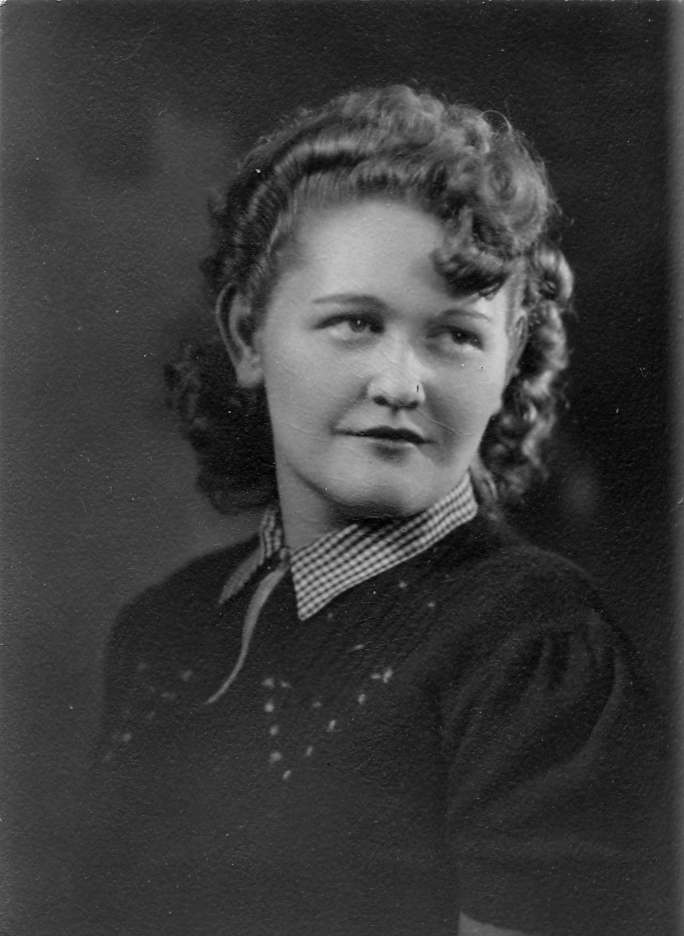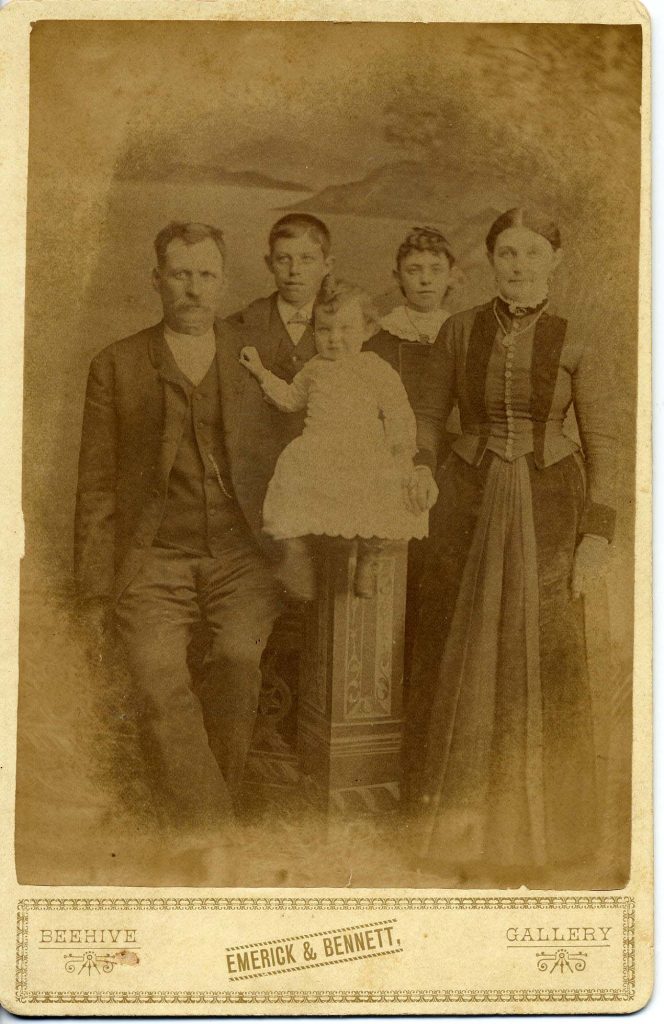
Some recipes call for one egg, some for two, sometimes one instead of two will do. But, sometimes, one will not do if it calls for one or two. And, trouble can arise when one person thinks one will do instead of two.
Helping Out
When she was a teenager, my Aunt Ester Lucille (McCracken) Fisher helped out at the Harnett household while Nora Hartnett, my Grandma Nellie (Peelle) McCracken’s cousin, was ill. Nora was actually my grandma’s mother’s first cousin. Thus, she was grandma’s first cousin once removed. However, she was simply referred to as her cousin.
Anyway, part of the chores around the house was cooking meals for Nora and her brothers John and Raymond “Ray,” who were all single adults sharing the home. Ester didn’t mind cooking and it was an area where she excelled.
Lemon Pie
One day, Ester was making lemon pie while Nora rested in the other room. That is when the trouble began. Although resting, Nora heard one egg break and then a second egg break. Suddenly, Ester heard herself being chastised for using two eggs in the pie. Nora informed her that one egg would be perfectly sufficient.
You would have thought that eggs were rare or that the Harnett family was dirt poor. Depending on the exact year, it is likely it was during the Great Depression. However, eggs were still abundant and the Hartnett brothers were prosperous farmers. The Harnett children, who were now middle-aged, had inherited their parents’ several-hundred-acre farm in 1918.
It was likely Nora’s mother Ellen (Jury) Hartnett was the person who influenced Nora’s views on using one egg. In Ellen’s obituary, she was described as “thrifty and conservative.” Of course, that information likely came from Nora.
Back To The Pie
Well, Ester, being the good cook that she was, knew that one egg did not make for good lemon pie. And, she was not going to make a bad pie. But, how? It was on this day that she became determined to learn how to break two eggs at once.
She was successful and the “two at once” technique solved everything. Ester was happy because she could make a good lemon pie. Meanwhile, hearing only one “crack,” Nora was happy that “eggs weren’t being wasted.”
Baking
This skill served Ester well as she bakes pies, cakes, and other things throughout her life. She even worked for a bakery in Fort Scott for a period of time.
To my knowledge, after her time helping out at the Hartnett’s she only used it for speed and never needed to hide how many eggs she was using again.
Bonus Story
History of the Harnett Family

Thomas Harnett, a native of Ireland, settled in Hiattville, Kansas. In 1873, he married Ellen Jury, who had immigrated from Canada with her mother, bothers, and their families. Their son John was the first child born in Hiattville. He was followed by Nora and then Raymond. Thomas made money to purchase a farm by working as a section foreman for the railroad. Additionally, the family appeared to run a boarding house or at least rent out rooms in their home during the time they lived in town.
Thomas purchased a farm about a mile and a half north of Hiattville and became a farmer. The family did well despite the hardships of farm life. They raised their children in the Catholic faith and taught them to be hard working.
Thomas and Ellen died only eleven days apart. It was during the flu epidemic, but neither died from the flu. Thomas had a lengthy illness that included at least one stroke. Ellen had a tumor that had made her an invalid for two or three years.
John, Nora, and Ray lived together the rest of their lives. None of them ever married. They are buried together at Evergreen Cemetery just outside Fort Scott.